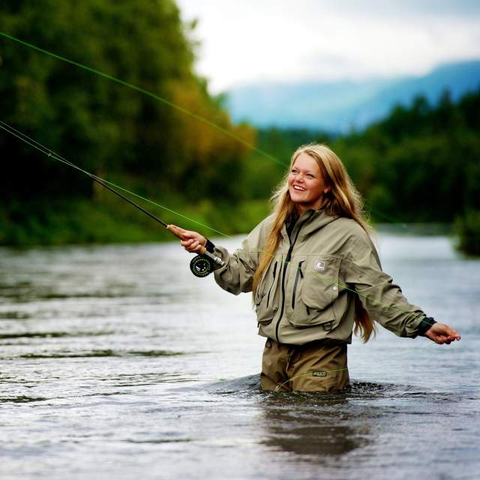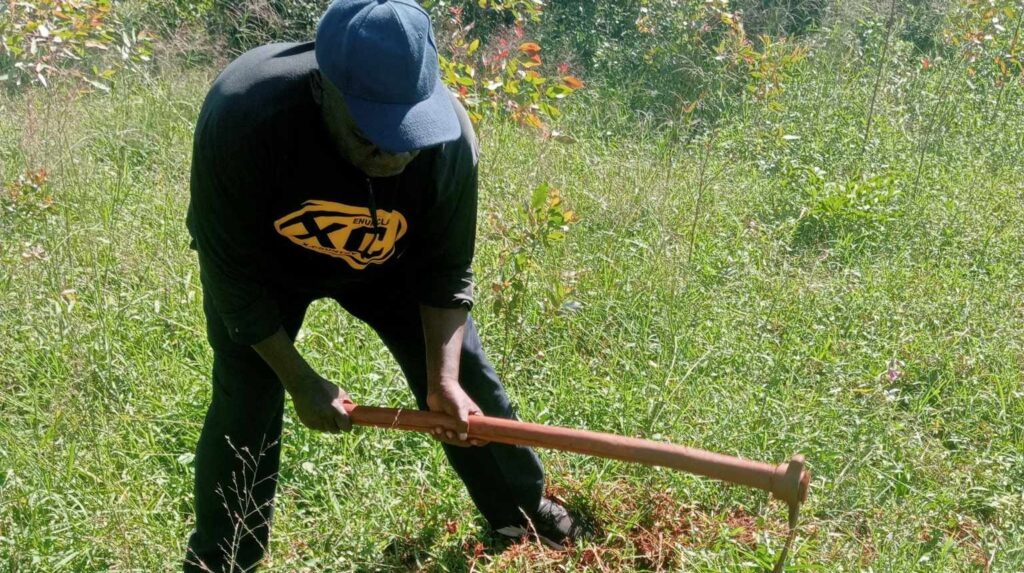Whether you are a beginner fly tyer of have been tying for years, tying dry flies is very enjoyable and the ability to match the hatch, can’t be under-estimated. One of my favorite flies to tie is the black gnat and I’d like to provide you instructions on how to tie this fly, as well as other useful information about it.
Black gnats and midges are extremely on most streams and play a significant part in a trout’s diet. Most trout water has its share of little black insects fluttering across its surface and trout love them. Whether you vary from this pattern may or may not matter all that much, it depends. And experts don’t all agree. Size, color and above-all presentation are the key attributes of a successful fly angler! The black gnat is a must-have and several versions of this fly are out there, but this is amongst my favorites.
How to tie the black gnat dry fly
Commence the pattern by establishing a thread base, running the thread from below the eye to the hook’s point. Tie on the Black Gnat’s wings by pinch-wrapping two hen neck feathers on the shank. Rewind the thread to the point, then clip the excess rearward-facing fibers. The feathers should now run parallel to each other and extend past the eye. Pull the hackles towards the back of the fly and then build a thread dam in front to push them upright. Make figure-eight wraps between the feathers to separate the wings further.
The next step is to move onto the tail section. Run the thread to the hook’s bend, then secure several tail fibers perpendicular to the shank. Advance the thread, then clip the forward-facing excess. Begin the body section by stacking five pheasant tail fibers on one another, then tie them on near the bend by the tips.
Finish the body by pulling the pheasant tail fibers upward, and rotate the material around the shank with overlapping wraps. Once you’ve reached the wings, secure the fibers, then clip the excess. The dry fly hackle is the last material we’re tying in. Secure the hackle on the shank’s side below the wing. Remove some fuzzy fibers from the tip, then secure it. Finally, build up a quick head with the thread, then complete a whip finish. The Black Gnat is now completely tied.
Fly fishing anglers also use the term Black Gnat to describe a number of flat winged flies, but the Common Gnat belongs to the Culcidae insect group. It is strange to note that this fly’s body is not black at all. The female has a dark olive brown body. The male is darker still and as near black as to make no difference.
These flies fall or get blown on to the water and trout are very partial to them. The Black Gnat should near reedy margins of lakes. Gnats are prolific from late Spring till the end of the trout fishing season. They are bred on the land but spend the best part of their lives in the vicinity of ponds, streams and lakes. They may be seen in dense clouds over the water and fish will be rising madly to take their fill. At times like this a gnat pattern fished dry or wet will bring results. There are numerous dressings of the original black gnat pattern. Look for our black gnat parachute fly and wet fly versions.
When fishing dry flies and not excluding the black gnat, a heavy leader is too obvious and results in fewer fish in calm conditions, because it spooks them. When fished are spooked, it can take a long time for calm to restore and the fish to be once again, active. If a cast lands heavy then the nearby fish will get alarmed. You must practice casting to produce a feather like landing. Unlike on rivers, where the dry fly is cast upstream of the trout’s location and the fly is drifted past it to encourage a take, your floating dry fly remains static and the fish come to it. You just have to cast to an area where trout are rising to hatching mayflies.



